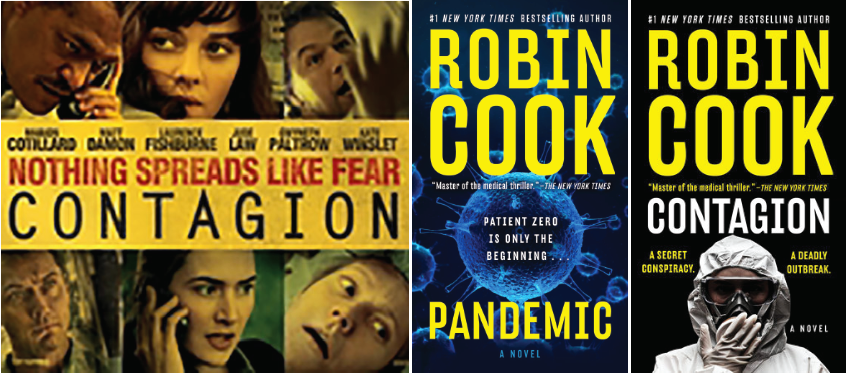The power of intuition and anticipation can blur the line between reel and real. There cannot be any other conceivable justification for thriller genres – some made into films later – that are remarkably close to the manner in which the Covid-19 script is unfolding.
“Contagion” directed by Steven Soderbergh in 2011 and “Pandemic” directed by John Suits in 2016 have a storyline that is tantalisingly close to the Covid-19 trappings – almost to the point of being clairvoyant. The first one has China as its backdrop. It tracks a highly contagious virus transmitted when sick people touch surfaces and leave a virus behind that others can catch. Then follows a struggle by health officials to identify and contain the virus amid mass panic while researchers desperately search for a vaccine. It also argues that destruction of natural habitats as one of the ills resulting in the pandemic. A clear case of Virtual closing in on Real! Remember, novels and films about pandemics and outbreaks then fell in the category of medical thrillers. That’s how fiction has metamorphosed into facts.
American physician and novelist Dr Robin Cook deserves to be credited for pioneering myriad fictional plots relating to medical sciences. The 80-year-old veteran, among other books, wrote “Virus”, “Outbreak”, “Contagion”, “Vector”, “Mutation”, and “Pandemic” which are peripherally close to the situation arising out of this pandemic.
Cook was right on track. “Pandemic” (2018 and different from the Soderbergh film) is about a seemingly healthy woman dying after a heart transplantation necessitated by acute respiratory distress. The protagonist, a medical examiner and a frequent character in his novels, does an autopsy and suspects the death could be due to a flu-like virus. While investigating the mysterious heart transplant of the dead woman, he unearths a larger conspiracy. He meets a Chinese billionaire businessman who holds a double PhD in Molecular Biology and Genetics. Further cases of flu-like virus get reported in many parts of the world and he determines to stop the pandemic from spreading.
Three books in a row that touch upon related subjects steeped in medical sciences make for a remarkable coincidence when you see what the world is passing through with similar shades of grey. The scientific community has long kept changing its collective mindset over what viruses are. First seen as poisons, then as life-forms, then biological chemicals, they are thought of as being in grey area between living and non-living. The classification of viruses as non-living in the modern era of biological science has had an unintended consequence. It has led most researchers to ignore viruses in the study of evolution. Perhaps it is a case of belated wisdom that most researchers are beginning to appreciate viruses as fundamental players in the history of life.


 [/column]
[/column]